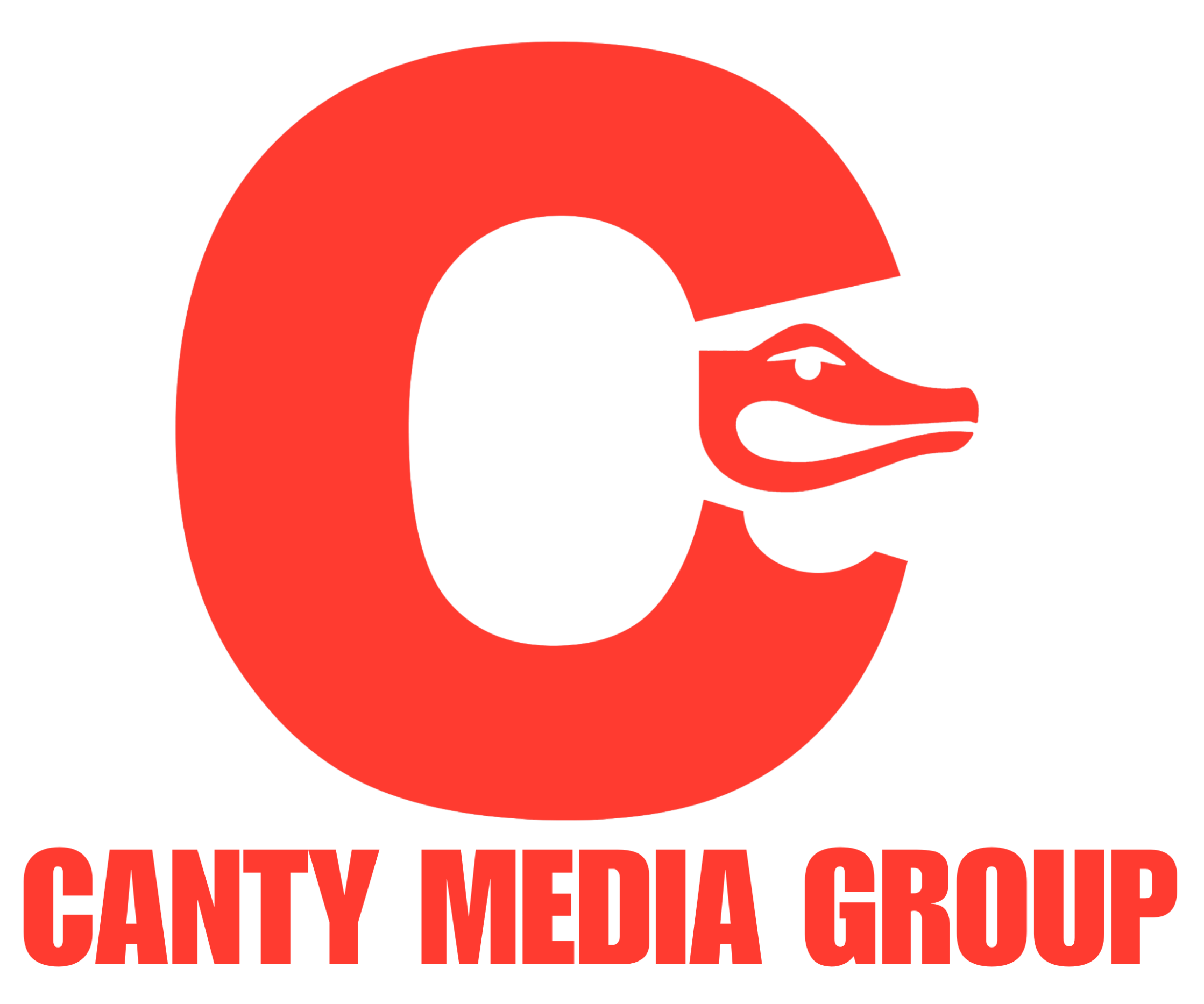FAQs
Process
Trust Center
Home > Canty Media Group's Accessibility Promise
Accessibility Statement
A Website Built for Everyone
This website is designed to be usable by everyone—no matter their age, ability, or device. We follow both national and Florida accessibility standards, so you can interact with our content smoothly whether you're using a screen reader, keyboard, touch screen, or voice navigation.
We are committed to ongoing accessibility improvements and take that responsibility seriously. You should never feel like technology is a barrier here.
Accessibility Features We've Built Into This Website
We follow the Americans with Disabilities Act (ADA) Title III, Florida’s Digital Accessibility Standards (§ 282.604, Florida Statutes), and Web Content Accessibility Guidelines (WCAG) 2.1, Level AA.
Here’s what’s built in:
- Keyboard Navigation Support
You can navigate our entire site using only a keyboard—no mouse required.
- Screen Reader Compatibility
Content is properly labeled and structured for use with screen readers like NVDA, VoiceOver, and JAWS.
- Consistent Color Contrast
We use high-contrast design that meets or exceeds the 4.5:1 ratio for text against background.
- Responsive Zoom and Text Resize
You can zoom in up to 200% without losing usability or readability.
- Alt Text on Key Images
Informative images include alternative text for clarity and understanding.
- Accessible Forms
Every form on the site includes labels, instructions, and validation that work with assistive tech.
- Skip Links for Easier Navigation
Screen reader and keyboard users can skip directly to the main content of each page.
- Dark Mode Toggle (Built-In)
Our website includes a built-in dark reader feature to reduce glare and eye strain.
Ongoing Testing and Maintenance
We test this site monthly using:
- Screen readers (NVDA, VoiceOver)
- Keyboard-only navigation
- Accessibility auditing tools (axe DevTools, WAVE)
- Manual reviews against WCAG 2.1 and evolving state regulations
We continuously monitor and improve this website as accessibility technology and legal standards evolve.
If You Experience an Accessibility Barrier
If something on our site is difficult to use, please contact us immediately. We will respond within 48 hours and do our best to make it right.
- Email: [info@cantymediagroup.com]
- Phone: [561.800.2374]
- Location: Belle Glade, Florida
We welcome your feedback—it helps us serve everyone better.
Accessibility Tools That Work With This Website
This website is compatible with most modern tools, including:
- Screen readers (NVDA, JAWS, VoiceOver)
- Speech input software
- Chrome, Edge, and Firefox accessibility extensions
- Native tools like Windows Magnifier and macOS Voice Control
- Our built-in dark mode toggle
You can use your preferred assistive technologies and still have a complete experience.
Accessibility for Clients and Partners
If you're a business owner or organization in Florida and want to make your own website accessible, we can help. We build sites that:
- Meet ADA, WCAG, and Florida State guidelines
- Work across all devices
- Load fast and function even with assistive tech
Accessibility isn’t just the law—it’s good design, smart business, and part of building a site that truly serves everyone.
Last Updated: May 2025
Frequently Asked Questions
What is meant by website accessibility?
Website accessibility means making sure your website works for everyone—including people with vision, hearing, cognitive, or motor challenges. It’s about designing in a way that doesn’t block anyone from using your site or services.
Why is accessibility important on a website?
It’s important because not everyone experiences the internet the same way. A site that’s accessible allows all users—regardless of ability—to find information, complete forms, and interact with your content. That leads to better experiences and often better business outcomes.
What is an example of web accessibility?
A simple example is adding text descriptions (alt text) to images. This helps screen readers describe what’s on the screen to someone who can’t see it. Other examples include keyboard navigation, clear text contrast, and video captions.
How do you make a website accessible?
Start with clean code, readable fonts, and contrast that works. Make sure your site can be used with a keyboard and that images and forms have clear labels. Tools like screen readers and accessibility audits can help you fine-tune it.
What is the point of accessibility?
The point is inclusion. You want your website to serve as many people as possible. Accessibility is about designing for all users—without assuming everyone navigates the web the same way.
What are the main rules of accessibility?
The most widely used standards are the WCAG guidelines. At a high level:
- Your content should be perceivable
- Your site should be operable
- Your layout should be understandable
Who benefits from accessibility?
- Everyone. Users with disabilities benefit directly, but so do mobile users, older adults, users on slow networks, and even search engines. A more accessible site usually means a better-built one overall.
How does accessibility work?
It works through thoughtful design and structured code. This includes using semantic HTML, proper heading order, descriptive links, and features that make content usable without relying only on visuals or mouse clicks.
Who needs digital accessibility?
Any organization with a public-facing site. Whether you're a local business or a national brand, accessibility helps you reach more people, reduce legal risk, and do the right thing.
Who needs digital accessibility?
If you own or manage a website, you’re responsible. That includes your team, your developers, your marketing agency—anyone touching your digital presence.
Copyright © 2025 Canty Media Group. All rights reserved.
Legal Stuff Privacy Policy Security Website Accessibility Your Privacy Preferences Sitemap
We use cookies on this site to enhance your user experience. For a complete overview of of all GDPR related settings, please see this page

